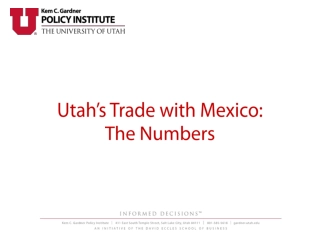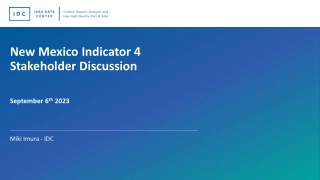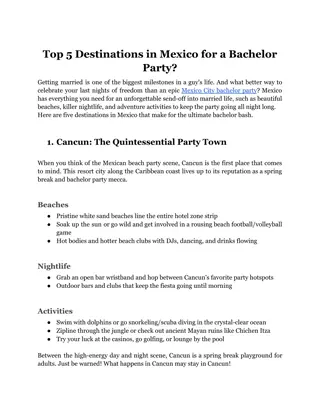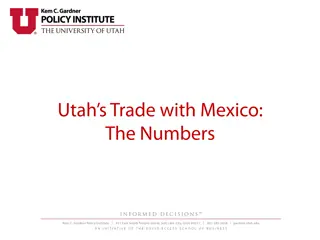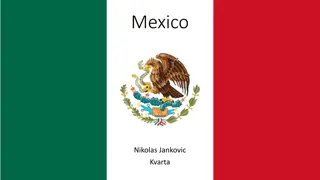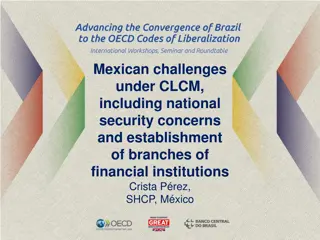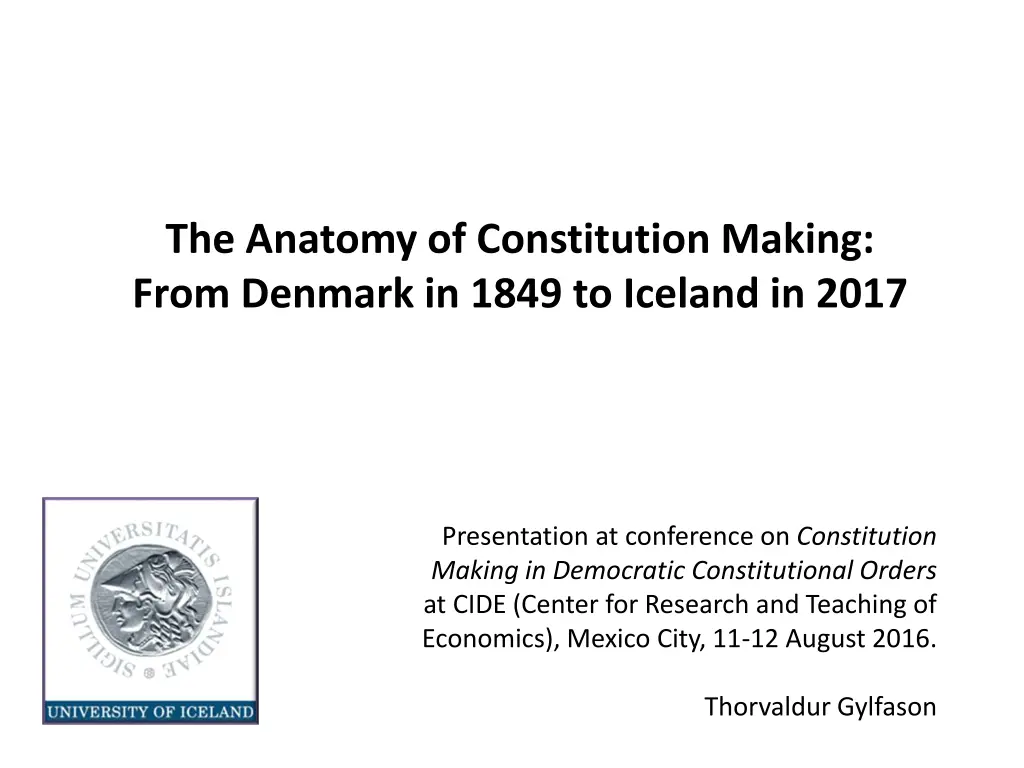
Constitution Making: Denmark to Iceland, Historical Evolution
Explore the evolution of constitution making from Denmark in 1849 to Iceland in 2017, highlighting key events such as the transition from absolute monarchy to parliamentary democracy in Denmark and Iceland's journey towards increased sovereignty amidst political changes.
Download Presentation

Please find below an Image/Link to download the presentation.
The content on the website is provided AS IS for your information and personal use only. It may not be sold, licensed, or shared on other websites without obtaining consent from the author. If you encounter any issues during the download, it is possible that the publisher has removed the file from their server.
You are allowed to download the files provided on this website for personal or commercial use, subject to the condition that they are used lawfully. All files are the property of their respective owners.
The content on the website is provided AS IS for your information and personal use only. It may not be sold, licensed, or shared on other websites without obtaining consent from the author.
E N D
Presentation Transcript
The Anatomy of Constitution Making: From Denmark in 1849 to Iceland in 2017 Presentation at conference on Constitution Making in Democratic Constitutional Orders at CIDE (Center for Research and Teaching of Economics), Mexico City, 11-12 August 2016. Thorvaldur Gylfason
Outline I. II. Denmark 1849-1953 III. Iceland 1874-1944 IV. Iceland 1944-2009 V. Iceland 2009-2017 VI. Conclusion Beginnings: Norway 1814
Historical background: Norway 1814 Denmark delivered Norway to Sweden 1814 Norway reacted by electing a constituent assembly to draft a liberal, democratic constitution at Eidsvoll in 1814 Constitutional monarchy with selected King sharing power with partly elected Parliament Second oldest constitution still in force 1905: Norway declared independence from Sweden 1904: Iceland was granted home rule by Denmark
Denmark 1849-1953 Europe swept by revolution in 1848 Denmark reacted by electing a constituent assembly in 1848-49 Inspired by Norway s 1814 constitution Constitution effectively ended absolute monarchy and introduced parliamentary democracy Constitutional monarchy where King would share power with a bicameral, partly elected Parliament
Denmark 1849-1953 Four main revisions 1866 to tighten rules for election to upper chamber of Parliament 1915 to reverse 1866 tightening and to grant women and poor men the right to vote 1920 to establish current border between Denmark and Germany following WWI 1953 to abolish upper chamber of Parliament and prepare ground for possible EU membership later In effect, purely parliamentary democracy
Iceland 1874-1944 Danish King delivered translation of 1849 constitution to Iceland in 1874 King exercised veto in 1886 and 1894 to deny Iceland s Parliament increased self-rule Danish liberals beat conservatives in 1901 Change of system Iceland was granted home rule in 1904 Iceland became sovereign in 1918 1874 constitution was amended in 1920 and again in 1942 to equalize voting rights, creating mayhem
Iceland 1874-1944 Electoral provision was amended gradually (1920, 1934, 1942, 1959, and 1984) 1874: 26 MPs, one for every 1,800 voters 1984: 63 MPs, one for every 3,900 voters Today, 63 MPs, one for every 5,200 voters Cf. 31,000 in Denmark and 29,000 in Norway Fierce fights in 1942 and 1959 as Progressives gains from unequal voting rights were curtailed Won majority of seats with 33% of the vote in 1927
Iceland 1944-2009 In 1943, Iceland declared full independence from occupied Denmark Dysfunctional Parliament made minimal changes in 1874 constitution Replaced King by popularly elected President MPs wanted Parliament to select President, but Governor induced them to accept popularly elected President Promised general overhaul no later then 1946 Proved able to deliver only minimal changes Mostly to adjust electoral clause to population changes
Iceland 1944-2009 Apart from electoral provision, a few minor amendments have been made To reduce voting age in 1968 and 1984 To add new human rights provisions in 1995 This was meager output from a series of parliamentary constitutional committees unable to agree on general overhaul as promised in 1944 Exemplifies unsuitability of self-dealing MPs as constitution makers due to conflict of interest
Iceland 2009-2017 After 2008 financial crash, MPs gave in to popular demand for new constitution National Assembly with 950 randomly selected participants met for a day in late 2010 to discuss whether new constitution was needed and what should be in it Constituent Assembly with 25 directly elected representatives took four months to draft a bill, passed it 25:0 in mid-2011 Bill won 67% voter support in national referendum in late 2012 (49% turnout)
Iceland 2009-2017 Bill is virtually fully consistent with conclusions of National Assembly, and reflects broad consensus on main issues as confirmed by opinion polls Key provisions include Equal voting rights (one person, one vote) National ownership of natural resources Further electoral reforms More direct democracy Environmental protection Stronger checks and balances Danish-style provision to unblock EU eventual accession Clarification of President s role
Iceland 2009-2017 Gradually, lack of support from political elites became evident Supreme Court tried to kill reform process by invalidating constituent assembly election Opposition parties turned fiercely against reform Governing parties support for reform also faded After 2012 referendum, they had 5-6 months to ratify the bill, and failed to do so Since 2013 election, bill has been kept on ice
Iceland 2009-2017 Since 2013, new government has had yet another constitutional committee with politicians at work They picked 4 out of 114 provisions, discarded 1 (because they want constitution to block EU membership!), watered remaining 3 down to find lowest common denominator Designed to fail, committee split so nothing will come of its work Culmination of sustained attack by political elites on the people and their democracy
Conclusion Danish constitution, even if it has not created problems for Denmark thus far, still suffers from old flaw It says King when it means Government If King decided to do some things that the constitution says he (or she, not mentioned) can do, this could trigger a constitutional crisis Icelandic constitution Unlike the King, President was intended to have certain powers to veto laws, submit bills, convene and adjourn Parliament, appoint and discharge ministers, and more Some opponents of reform still dispute this, viewing the constitution as a nuisance New constitution aims to clarify role of President

